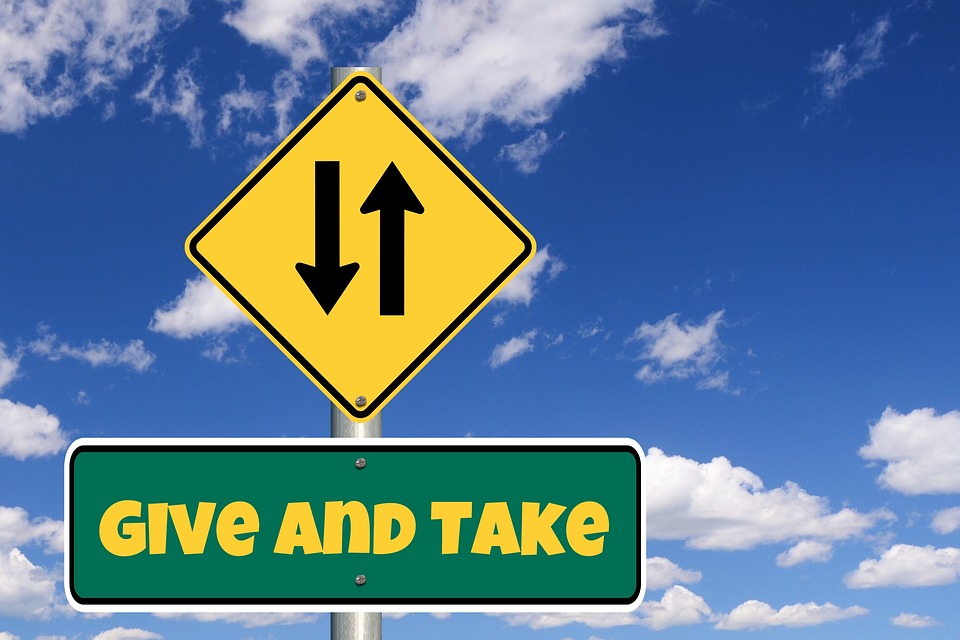The Importance of Artistic Contribution in Times of Crisis
In times of crisis, be it a natural disaster, a pandemic, or a social upheaval, art has an important role to play in helping individuals and communities cope with the challenges they are facing. Artists have a unique ability to capture the emotions and experiences of a moment in time, and to use their creativity to inspire, uplift, and provide comfort to others. In this article, we will explore the ways in which artistic contribution can be a powerful tool for healing and resilience during times of crisis.
Art as a Form of Expression
One of the most important roles that art plays in times of crisis is as a form of expression for individuals and communities. In times of uncertainty and upheaval, people often struggle to articulate their thoughts and feelings about what is happening around them. Art provides a powerful and universal language through which individuals can communicate their experiences and emotions. Whether it is through music, painting, poetry, or dance, art allows people to express themselves in ways that words alone cannot capture.
Art as a Source of Solace
During times of crisis, individuals often turn to art for solace and comfort. Art has the ability to evoke strong emotions and to create a sense of connection and shared experience among people. Whether it is a moving piece of music, a powerful painting, or a poignant poem, art has the power to uplift and inspire, and to remind us of the beauty and resilience of the human spirit. In times of darkness, art can be a beacon of light and hope, providing comfort and strength to those who are struggling.
Art as a Catalyst for Change
Art has the power to provoke thought, challenge assumptions, and inspire action. In times of crisis, artists often use their work to draw attention to important social issues, to challenge injustice, and to inspire change. Through their creativity and vision, artists can shine a light on the inequalities and injustices that are often exacerbated during times of crisis, and can mobilize others to take action to create a more just and equitable world.
Art as a Tool for Healing and Resilience
Art has the power to heal and to promote resilience in times of crisis. Through the act of creating art, individuals can process their emotions, find meaning in their experiences, and cultivate a sense of hope and optimism for the future. Art therapy, in particular, has been shown to be an effective tool for helping individuals cope with trauma, grief, and loss, and for building resilience in the face of adversity. By engaging with art, individuals can tap into their creativity and imagination, and can find new ways of coping with the challenges they are facing.
Art as a Means of Connection and Community Building
Art has the ability to bring people together, to foster a sense of connection and community, and to promote a sense of solidarity and mutual support. During times of crisis, artists often come together to create collaborative works of art that reflect the shared experiences and emotions of a community. Whether it is a community mural, a virtual concert, or a poetry reading, art has the power to create a sense of unity and togetherness among individuals who may be feeling isolated or disconnected. Through art, communities can come together to heal, to celebrate, and to support one another through difficult times.
In conclusion, the artistic contribution is an essential tool for healing, resilience, and community building during times of crisis. Artists have a unique ability to express emotions, provide solace, provoke change, promote healing, and create connections among individuals and communities. In times of uncertainty and upheaval, art can be a powerful source of inspiration, comfort, and hope. It is important to recognize and celebrate the role that artists play in helping us navigate the challenges we face, and to support their work as a vital and essential part of our society.

Leave a Reply